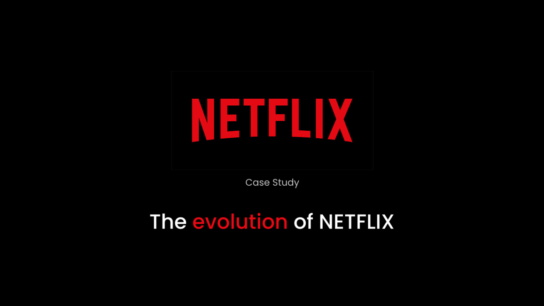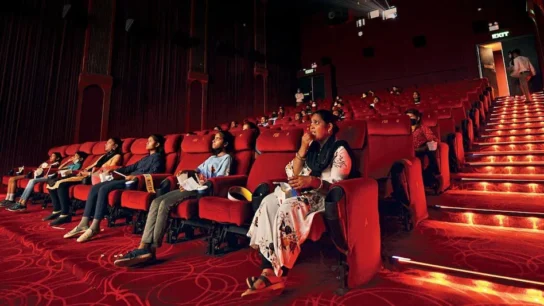Movies have evolved significantly since their inception in the late 19th century, transforming from simple silent films to the grand digital spectacles of today. This evolution has not only changed how stories are told but also how audiences experience them. Let’s take a journey through the history and evolution of movies.
Early Beginnings: The Silent Era
The history of movies began with the invention of the motion picture camera in the late 19th century. Early films were short, silent clips that captured everyday scenes or staged performances. Pioneers like Thomas Edison and the Lumière brothers played crucial roles in developing this new medium, showcasing films in public venues and setting the stage for what was to come.
The silent era (1890s-1920s) saw the emergence of iconic figures like Charlie Chaplin and Buster Keaton, whose physical comedy transcended language barriers. Silent films relied on expressive acting, visual storytelling, and often accompanied by live music or narration to engage audiences. Films like “The Birth of a Nation” (1915) and “Metropolis” (1927) pushed boundaries in storytelling and visual effects, laying the groundwork for future cinematic achievements.
The Golden Age of Hollywood: Talkies and Technicolor
The 1930s marked the transition from silent films to “talkies,” movies with synchronized sound. This shift revolutionized storytelling, allowing for dialogue, music, and sound effects to enrich the cinematic experience. Classics like “Gone with the Wind” (1939) and “Casablanca” (1942) captured the essence of this era, combining intricate plots with memorable performances.
Technological advancements also brought color to the silver screen. Films like “The Wizard of Oz” (1939) and “Singin’ in the Rain” (1952) showcased vibrant palettes and visual splendor, enhancing the storytelling possibilities. The studio system thrived during this period, with major studios like MGM, Warner Bros., and Paramount shaping Hollywood’s cultural influence worldwide.
New Waves and Modern Movements
The mid-20th century witnessed the rise of new cinematic movements, challenging traditional storytelling and stylistic conventions. The French New Wave, led by directors like Jean-Luc Godard and François Truffaut, embraced spontaneity and realism, influencing filmmakers globally. Concurrently, American cinema saw the emergence of independent films and auteurs like Martin Scorsese and Francis Ford Coppola, who pushed boundaries with gritty narratives and innovative techniques.
The 1970s and 1980s marked a resurgence in blockbuster filmmaking, with franchises like “Star Wars” and “Indiana Jones” captivating global audiences. Special effects and computer-generated imagery (CGI) revolutionized visual storytelling, creating immersive worlds and epic narratives.
Digital Age and Global Cinema
The late 20th century brought about digital technology, transforming how movies are made and viewed. Digital editing, CGI, and 3D technologies expanded creative possibilities, allowing filmmakers to realize increasingly ambitious visions. Films like “Avatar” (2009) and “Inception” (2010) exemplify this digital revolution, blending technology with storytelling prowess to create unprecedented cinematic experiences.
Globalization also reshaped the film industry, with international cinema gaining prominence. Directors like Ang Lee (“Crouching Tiger, Hidden Dragon”) and Bong Joon-ho (“Parasite”) achieved critical acclaim and box office success, demonstrating the universal appeal of storytelling across cultures.
Streaming and Beyond: The Future of Movies
The 21st century has witnessed the rise of streaming platforms, offering audiences instant access to a vast library of films and series. This shift has democratized content creation, allowing independent filmmakers and diverse voices to reach global audiences. Original content from platforms like Netflix, Amazon Prime, and Disney+ has challenged traditional distribution models, reshaping how films are financed, produced, and consumed.
Looking forward, emerging technologies such as virtual reality (VR) and augmented reality (AR) promise to redefine the cinematic experience once again, blurring the lines between storytelling and audience interaction.
Conclusion
From humble beginnings in silent theaters to the digital realms of today, movies have evolved into a powerful medium that transcends cultural boundaries and captures the human experience. As technology continues to advance and storytelling evolves, one thing remains constant: the enduring magic of cinema to inspire, entertain, and provoke thought.
Movies are not just entertainment; they are windows into our past, mirrors of our present, and gateways to imagined futures. As audiences continue to embrace diverse stories and innovative filmmaking techniques, the evolution of movies will undoubtedly continue to captivate and shape generations to come.




